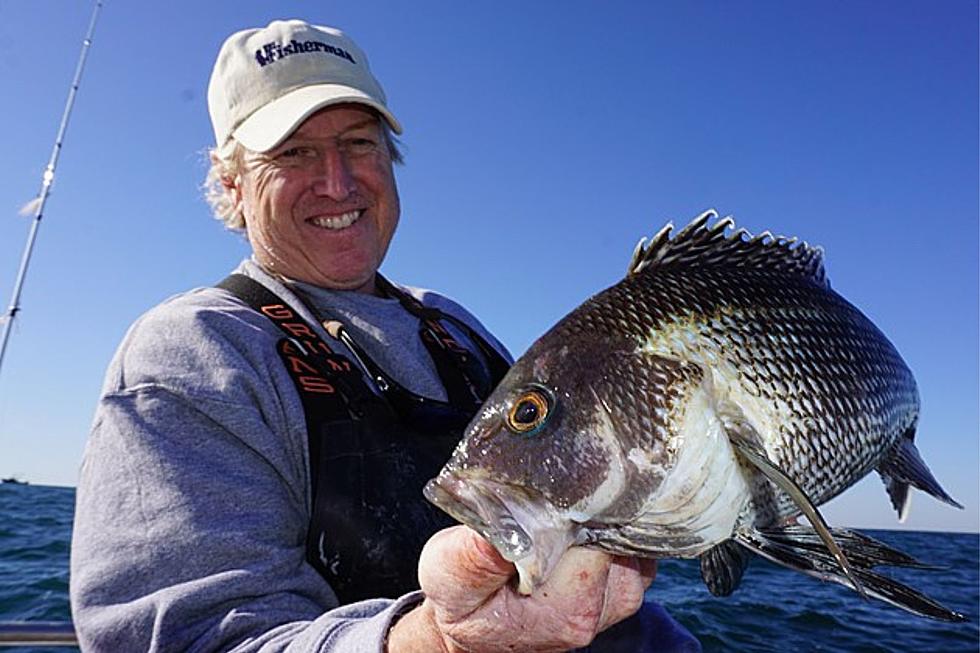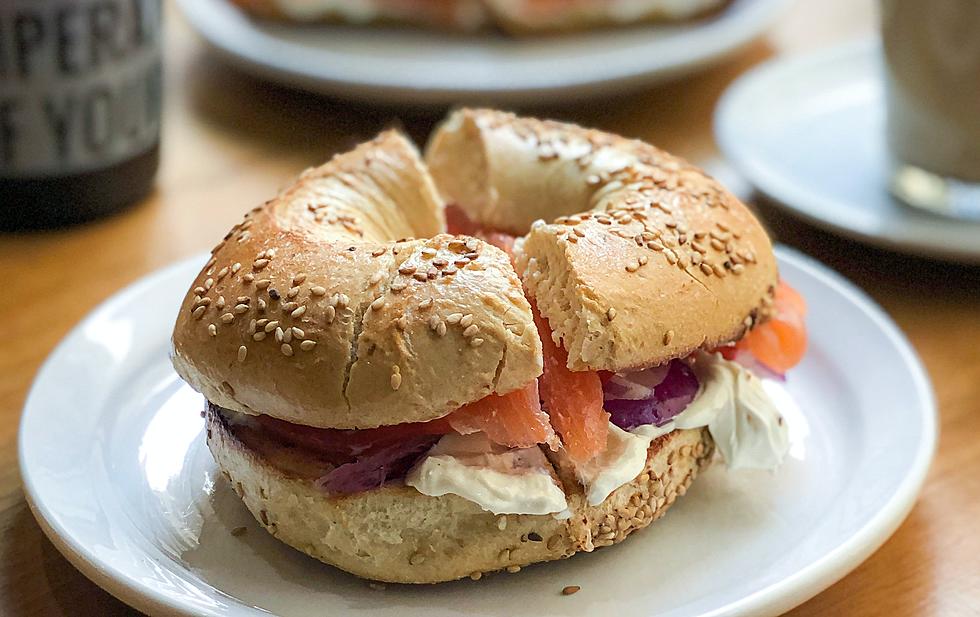
Fisherman Magazine editor speaks out: NJ wind power impact on whales, dolphins, fishing industry
Why are so many dead dolphins and whales washing up on our Jersey Shore beaches, and why are Gov. Murphy and the powers that be so unwilling to stop the wind power development projects so that we can find out? This is despite public outcry from residents and politicians to do so.
A joint study by federal government scientific agencies, The National Oceanic and Atmospheric Administration, the Bureau of Ocean Energy Management, and the Responsible Offshore Development Alliance, issued their report last Wednesday after a 2 1/2-year-long study examing the impacts existing offshore wind projects have on fish and marine mammals.
NOAA and BOEM are among the agencies that say there is no link between offshore wind preparation and whale deaths.
Jim Hutchinson Jr. is the New Jersey/Deleware managing editor of The Fisherman Magazine and offered this on my New Jersey 101.5 show, as well as by email.
What are your thoughts on the joint study?
The joint study by NOAA Fisheries, BOEM and members of the Responsible Offshore Development Alliance really helped substantiate my reporting going back to 2018/2019 in The Fisherman Magazine. Their recent study cited numerous impacts that offshore wind power projects could have on fish and marine mammals, including noise, vibration, and electromagnetic (EMF) fields. In fact, a few years ago BOEM released another study called 'Evaluation of Potential EMF Effects on Fish Species of Commercial or Recreational Fishing Importance in Southern New England' in which they stated 'surveys have overwhelmingly shown that offshore wind energy projects and undersea power cables have no effect on fish populations', citing a 2006 study for DONG Energy in Denmark (DONG being the former name of Ørsted).
While BOEM was glowing in their analysis, I actually read the study and saw that researchers found a direct correlation between the strength of the electromagnetic EMF field, and the behavior in one critically important species in particular; flounder. Summer flounder, known as Fluke at the Jersey Shore, are the most important recreational fishery we have.
That Danish study cited by BOEM found 'Flounder primarily crossed the cable when the strength of the electromagnetic fields was estimated to be low, ie during calm periods,' while a later paper (McCann, 2012) found, quote, 'Flounder were some of the only species to show correlations between the strength of the electromagnetic fields from cables and increasing avoidance behaviors around cables, as their catches decreased around charged cables in Denmark.'
So my thoughts on the joint study? Well, EMF impacts on vitally important New Jersey fisheries like EMF should be of critical concern to researchers and politicians. If our fluke migration is impacted by even 20%, that’s going to mean a 20% loss of opportunity and access for New Jersey’s fishing community. They say there’s no evidence that marine mammals have been impacted by industrial wind development research, despite existing research like this joint study. So if summer flounder populations are depleted by 20%, you can bet the government will have no evidence to show it’s the result of industrial wind, and New Jersey anglers will take the blame.
If the joint study is placed on a shelf somewhere in Washington DC and disregarded – much like the rest of the existing research – what good will it do?
What do YOU think is happening?
The government says there’s no evidence that the development of industrial offshore wind is impacting marine mammals, pointing to the fact that these unusual whale mortality events began in 2016; well that’s just about the same time, 2014/2015, that NOAA Fisheries began issues marine mammal 'take' exceptions to the industrial wind folks. The New England wind farms were constructed in 2015, and now, with monetary triggers written into the Inflation Reduction Act prompting New Jersey/New York developers to fast-track their research to qualify for more studies since November; you have this recent spate of deaths. I call that highly suspect circumstantial evidence.
What will this do to the fishing industry and tourism industry in New Jersey should this keep happening?
I’m not a scientist, so I don’t feel qualified to speak to the issue of dead marine mammals. But I can say that all of the warnings from BOEM and NOAA Fisheries come to fruition - impacts of EMF on benthic species, impacts to assessment surveys, navigational hazards inside the industrial wind areas; coupled with adverse impacts on land-based radar services – then our recreational fishing industry and accompanying tourism industry will be crippled.
What can we do about it?
The wind proponents and key politicians have politicized this issue, which puts coastal stakeholders in a precarious position in between polarized, political bickering. Those of us who have grave concerns about this offshore industrialization effort have been demonized as tinfoil cap-wearing, climate-change deniers, and oil industry shills. I don’t care if it’s a Democrat or a Republican leading the effort, but we need answers and accountability from our state and federal government. I support the effort by Congressman Chris Smith to see a further investigation by the Government Accountability Office (GAO) to perform a full-scale, independent investigation. I’m not sure why anyone would oppose an unbiased, non-partisan examination of industrial offshore wind. I’ve not met many fishermen or other coastal stakeholders at all who think the industrialization of our oceans is a good thing. Feels more like a corporate takeover to me, so the only solution we have it this point sits on Capitol Hill and the surrounding Beltway.
Opinions expressed in the post above are those of New Jersey 101.5 talk show host Steve Trevelise only. Follow him on Twitter @realstevetrev.
You can now listen to Steve Trevelise — On Demand! Discover more about New Jersey’s personalities and what makes the Garden State interesting. Download the Steve Trevelise show wherever you get podcasts, on our free app, or listen right now.
Click here to contact an editor about feedback or a correction for this story.
LOOK: Food and Personal Care Shortages We Could See In 2023
LOOK: 31 breathtaking images from NASA's public library
More From New Jersey 101.5 FM









